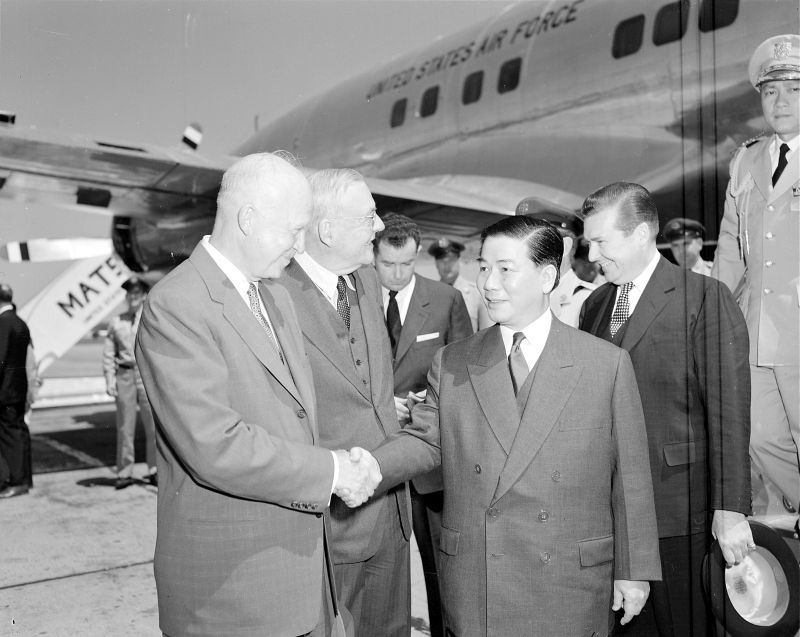In the wake of the 1954 Geneva Accords, South Vietnam stood on the edge of disintegration. The country was not yet a coherent state but a patchwork of rival factions, warlords, religious sects, and organized crime syndicates. In this chaotic landscape, one figure rose to power with both determination and controversy: Ngô Đình Diệm.
An argument can be made that Diệm’s suppression of armed groups such as the Bình Xuyên, Hòa Hảo, and Cao Đài was a crucial step in stabilizing South Vietnam during its formative years. These groups each held real territorial power and challenged the authority of the central government. The Bình Xuyên, in particular, controlled the Saigon police force and operated as a mafia-like enterprise, profiting from gambling, prostitution, and protection rackets. Meanwhile, the Hòa Hảo and Cao Đài, two powerful religious sects, commanded large militias and exerted significant control over rural areas, especially in the Mekong Delta.
In 1955, Diệm confronted the Bình Xuyên in what became known as the Battle of Saigon, using the national army to drive them out of the capital. It was a bloody but decisive victory that signaled a turning point. With American backing, Diệm then moved swiftly against the Hòa Hảo and Cao Đài, disbanding their private armies and consolidating power under his new Republic of Vietnam. These actions effectively dismantled the main internal threats to centralized authority, enabling Diệm to bring a measure of political order and bureaucratic coherence to a country teetering on the brink.
But at what cost?
While Diệm’s efforts bought time for South Vietnam to function as a state, his methods planted the seeds of future unrest. His governance was highly centralized and increasingly authoritarian. Diệm’s preferential treatment of Catholics in a predominantly Buddhist nation bred resentment, particularly in rural communities where his regime was seen as out of touch and repressive. His suppression of dissent and lack of meaningful political pluralism alienated large segments of the population and weakened the government’s legitimacy.
Moreover, Diệm’s victories were not entirely his own. They were facilitated by strong U.S. support, both in terms of diplomatic pressure and military aid. Washington saw Diệm as a bulwark against communism, and their faith in him gave him the breathing space to act decisively – but also perhaps a dangerous sense of invulnerability.
So, did Diệm save South Vietnam from collapse – or merely delay the inevitable?
The answer lies somewhere in between. Diệm’s crackdown on armed factions in the 1950s undeniably imposed order on a disintegrating political landscape. His actions transformed South Vietnam from a theoretical state into a functioning – if fragile – one. However, that stability was shallow and exclusionary, and it came at the cost of alienating key parts of the population. The very tactics that helped Diệm consolidate power would later contribute to widespread discontent, a growing insurgency, and his eventual downfall in a 1963 coup backed by the United States.
In hindsight, Diệm did not so much save South Vietnam as buy it time – time that was squandered by a regime increasingly disconnected from the people it claimed to govern.

______________________